I like history and... that's it. I'm not an expert at all, on the contrary, I know very little! More specifically, I like post-Revolution 19th century, French Revolution, Late Medieval/Early Modern (especially Spanish) History, Ancient Greece, Minoan culture and Paleolithic. A little dispersed, I know... Oh! I also like historical fashion so expect to have lots reblogs of pretty clothes. Languages: Spanish, English, Galician/Portuguese and French (but not as much!).
Don't wanna be here? Send us removal request.
Text
I try not to idealize even my favorite historical figures. Especially if these figures are military men.

Ney punished the Spanish guerrillas very cruelly during the Peninsular Wars, and this cannot be denied. So I wanted to draw this.
This does not mean that I do not like the historical figure I have chosen. Ney is a very important person for me, who has seriously influenced my life, but I try not to idealize him.


246 notes
·
View notes
Text
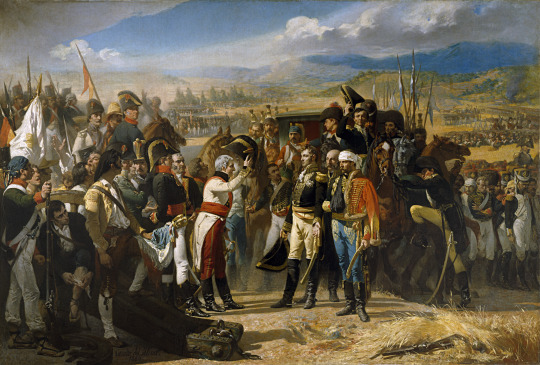
The Surrender of Bailén by José Casado del Alisal
52 notes
·
View notes
Text
Why do I like so much 19th century uniforms?!!

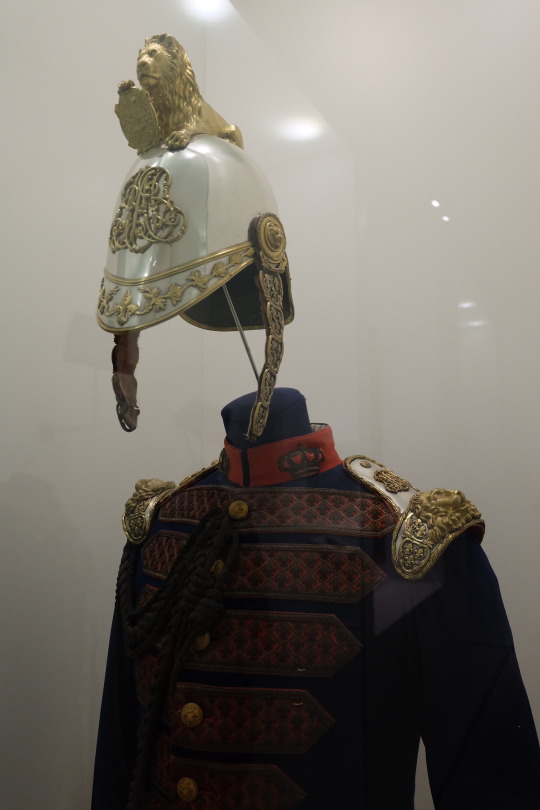
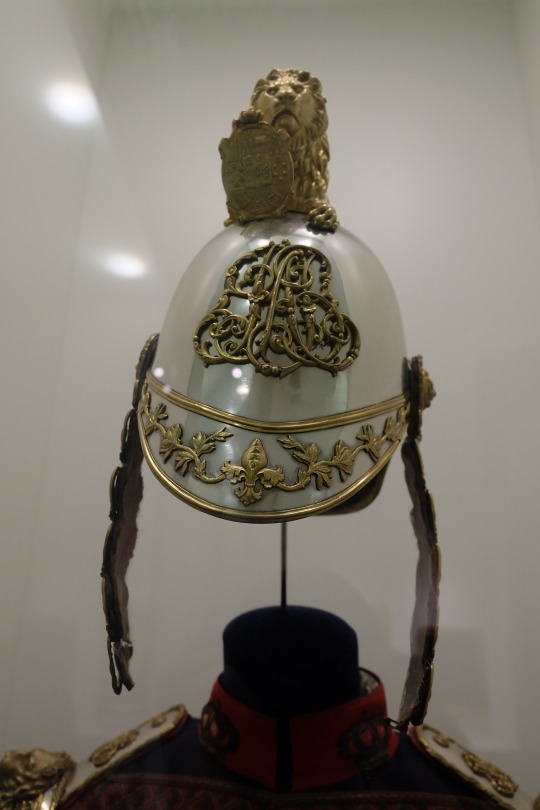
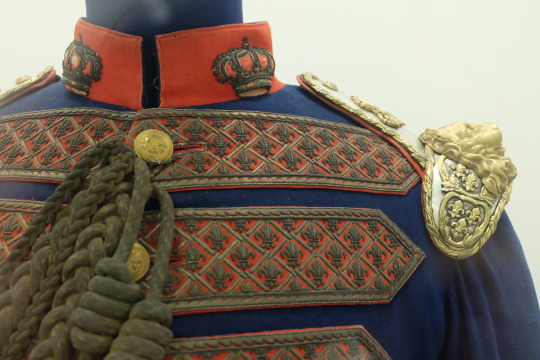
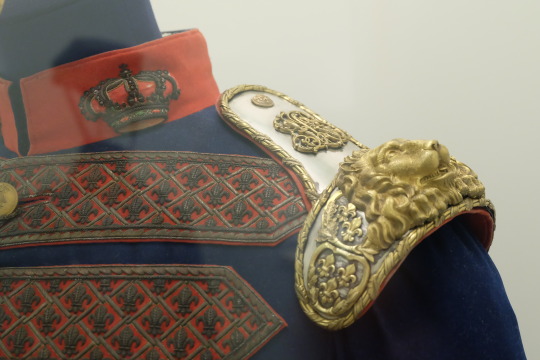
Uniform of Adjutant General from the Spanish Empire dated to 1855 on display at the Museum of the Army in Toeldo, Spain
The staff (Cuarto Militar) reporting directly to the Monarch was created on 15th of September 1855 and Francisco de Asís de Borbón, King Consort to Queen Isabella II and Duke of Cadiz, intervened directly in the design of the uniform for his adjutants.
This uniform belonged to Field Marshal Joaquin Bouligny y Fonseca.
Photographs taken by myself 2019
45 notes
·
View notes
Text
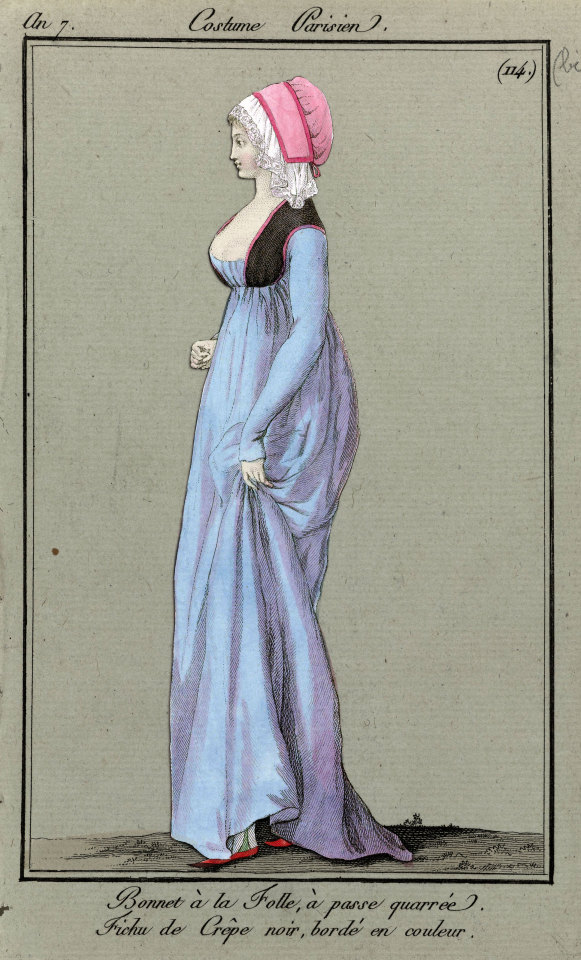
Journal des Dames et des Modes, Costume Parisien, 3 juillet 1799, An 7 (114 bis): Bonnet à la Folle, à passe quarrée. Fichu de Crêpe noir, bordé en couleur. Collection of the Rijksmuseum, Netherlands
'Bonnet à la Folle': hat with a square brim. Fichu made of black crepe, trimmed with a colored trim. Dress with long sleeves. flat shoes with pointed toes. The print is part of the fashion magazine Journal des Dames et des Modes, published by Sellèque, Paris, 1797-1839.
32 notes
·
View notes
Text
!!!!!
I'll always love these outfits <3 Great drawing!!
Happy 14 Juillet ✨

Just two Sans-Culotte for the 14th of July. (As always, i'm late, i'm sorry, i'll do a better drawing for 10 thermidor.)
107 notes
·
View notes
Text





Absolutely love this genre of Jean Siméon Chardin paintings – bored young lad left to invent his own amusement.
428 notes
·
View notes
Text
Rest in peace yall




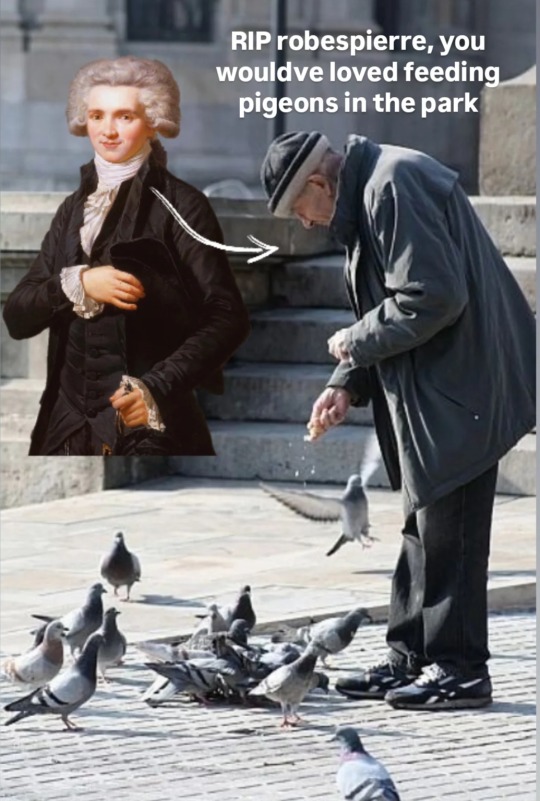
192 notes
·
View notes
Note
Where do you find all of these pictures and catalogues?









Libraries! and Museums! with robust online collections! One resource can lead to other resources because some of these links are systems of interconnected libraries. Most provide high-resolution downloads and transcribed text. I include links to all of my sources in their respective posts.
Bibliothèque Nationale de France et al (Gallica)
Ville de Paris / Bibliothèque Forney et al
Rijksmuseum, Netherlands
Los Angeles Public Library
Les Musées de la Ville de Paris
Cooper Hewitt, Smithsonian Design Museum
Digital Public Library of America
Internet Archive
The Met Costume Institute Fashion Plates
63 notes
·
View notes
Text
Frev playing cards, where the figures of Queen,King, and I believe Jack, are replaced with:
ENLIGHTMENT
Where we see a woman studying morals, religion, philosophy, politics, physics and history.

POWER
Where we can see a working class man crushing the monarchy, and sitting on the stone of his achivements.

Bravery
Where we can see a former slave that has now broken every chain, and is ready to fight for his rights.

797 notes
·
View notes
Text
Probably the most irritating thing about Turcot's "they didn't have top hats" - his only criticism about ACU - is that, yeah, they kinda did:
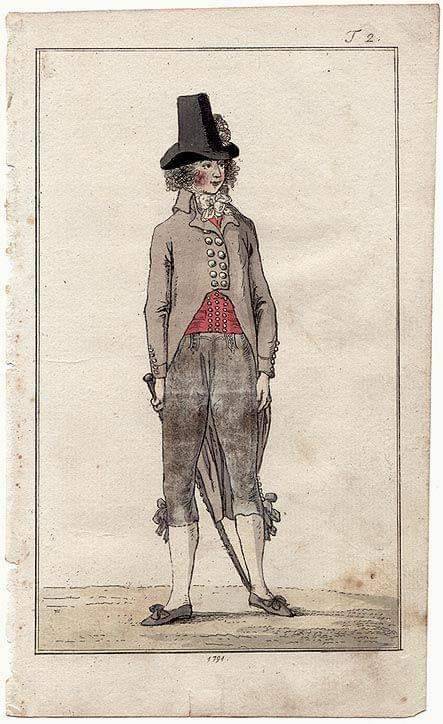



It wasn't called a top hat, and the shape (more conical, or wider) or height (not always as high, though it could be) were different, but, like... yeah. That's the very last thing you should whine about.
17 notes
·
View notes
Text

Four months before the revolution of 1830, on March 29, King Ferdinand of Spain abolished Salic law in favor of his daughter, Isabella, to the prejudice of his younger brother, Charles. When the French Bourbons were told of the news, Marie-Thérèse grumbled that France should have done the same thing long ago.
Marie Thérèse, The Fate of Marie Antoinette’s Daughter by Susan Nagel
#madame royale#marie therese charlotte#ferdinand vii#fernando vii#isabel ii#isabella ii#french revolution 1830
48 notes
·
View notes
Text

Nicolas Lancret (French, 1690-1743) - Fastening the Skate
29 notes
·
View notes
Text
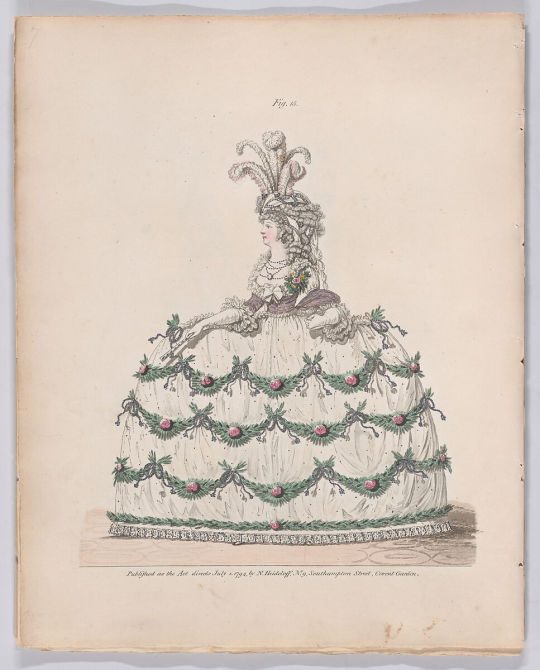
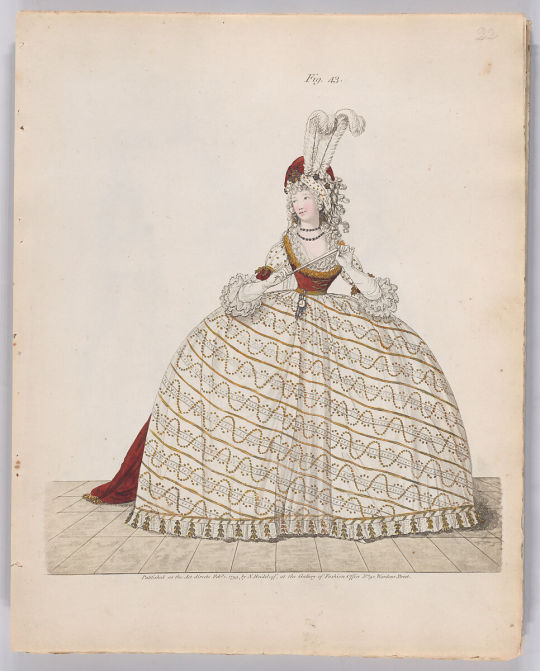
Gallery of Fashion, vol. I: April 1, 1794- March 1, 1795
From the Met Museum
142 notes
·
View notes
Note
I don't know if this makes any sense and you don't have to answer if you don't feel comfortable but one thing I'll never understand is why Louis-Charles was treated the way he was or how it got to that point that they essentially abused him to death? How do you do that to a child? Sorry for the strange question, I have been thinking about this a lot lately.
It's not strange to ask at all, no worries. This answer got a bit long!
note: Discussion of child abuse and potential sexual assault
So in terms of Louis Charles' treatment, we have two "phases," so to speak. The phase in which he was under the abusive "care" of Simon, and the phase in which he was kept in more or less solitary confinement.
What is essential to know is that after Simon left his position at the Temple, the treatment of Louis Charles was technically speaking not different from Marie Therese's after the removal of Madame Elisabeth, in that:
Both were left in solitary confinement and not given companions or in Charles' case, a caretaker.
Both were subject to random searches at all hours of the night; both were denied any sort of comforts like candles for night time, a stove to keep warm, anything to keep their mind occupied*
Essentially, they were not being, that we know of, physically abused at this point (as Louis Charles had been under Simon) but they were neglected psychologically and given only minimum essentials to live but not exactly thrive as human beings.
*Therese, however, had the luxury of staying in the room she'd been in with Elisabeth, which still had some books, she had things to clean with, etc. Charles was thrown into a bare room and was not given things to do.
So why is it that Louis Charles mental and physical health suffered so extremely, whereas Marie Therese did experience psychological effects but seemed to be otherwise okay, health-wise?
We must first consider that Louis Charles, like his brother Joseph, may have been predisposed to tuberculosis and poor health. Physical and emotional abuse would have naturally exacerbated these issues.
But I also believe that the primary differences that resulted in why Marie Therese came out "okay" and Louis Charles suffered after they were both thrown into solitary confinement-type situations are:
Louis Charles was 8 years old and Marie Therese was 15 at the time each of them were left alone in the Temple. Therese had been given instruction and guidance on how to care for herself alone in prison, and Louis Charles had not.
Therese had been specifically instructed by her aunt on how to keep herself mentally and physically engaged, and how to do little things throughout the day to keep the room clean and keep herself occupied.
After Elisabeth was taken, she was able to use this knowledge and instruction, although there's no denying that this was still an intensely stressful and distressing period for her. According to one memoirist, Elisabeth had even specifically instructed her niece to never to be caught in a state of undress or caught in her bed by the guards who would come into their room at all hours of the night--which you can imagine, carries the implication that Elisabeth warned Therese about the possibility of being assaulted.
Louis Charles went from being in the care of his family, to being in the 'care' of a man who abused him but was still in the presence of adults who fed him and directed him, to being totally abandoned to his own devices. He had no conception of how to care for himself, and was certainly not in the state of mind to learn after being abused for months and then tossed into a room where his significant human interactions were someone shouting at him to wake up to make sure he was alive.
Therese made sure to wash herself and tidy herself up. Therese did things throughout the day to keep her mind and body occupied. Louis Charles, a confused and abused child, ended up sitting in his bed to the point of developing bed sores, muscle weakness, insect bites, and so on. He doesn’t know how to occupy himself in an empty cell with nothing to do.
In short, Therese was older and had the blueprints to taking care of herself. Louis Charles was a recently abused child who didn’t know what to do or how to do it.
Louis Charles had been subject to emotional and physical abuse for the past several months, on top of being ripped away from his mother and family in an hours-long ordeal prior to the start of his abuse. That horrible ordeal came a few months after the execution of his father; all of which you can imagine would have been incredibly impactful on a child's mind and body.
This is a child who had been protected in the bosom of his family for as long as possible despite the events of the revolution, who had been looked after and cared for with kindness and love--and who was then thrust violently and traumatically into the "caregiving" of a man who mercilessly beat him, whipped him, humiliated him, and psychologically abused him by encouraging him to sing songs and make nasty remarks regarding his parents and family.
Then this child was manipulated into accusing his mother and aunt of sexual abuse, and when he no longer served a purpose, he was tossed into more or less solitary confinement. He did not have the emotional or physical capacity to handle this type of treatment.
There’s a quote from a man who was sent to assess the child’s condition, who said that Louis Charles’ “look had especially so strong a feature of resignation and indifference, that it seemed to say, what does it matter to me? Dispatch your victim.” It is easy to imagine that Louis Charles, a confused, abused and now abandoned child, sank into depression that led to his inability to even try to care for himself after the horrific events he has just endured.
As for why Louis Charles was treated so terribly… or why no one stepped in to care for him until the particular period that they did, I think there's a combination of resentment and nastiness with certain parties, combined with fear and apathy in others.
Simon and the other men who mistreated him prior to his being shut up in a room appeared to do so out of malice and enjoyment. Simon's directive was to 'make him forgot' his royal status.
I don't think, based on what we know about Simon's treatment of Louis Charles, that it's reaching to presume that Simon seemed to enjoy having a child who was destined for the throne of France under his thumb, degrading him and treating him in a way that wouldn't have been fathomable before. Other men who participated in the abuse seemed to have the same attitude. They can take out their own humiliation and anger on Louis Charles, the son of a king, a child of former privilege.
And then after he is put into solitary confinement, well.. who is going to speak up for him? Who has the courage and lack of fear?
A tutor who spoke up for him to the National Assembly, protesting against the abuse he witnessed in the fall of 1793, was arrested and ended up leaving Paris after his release.
Marie Antoinette's lawyers were arrested during her trial, a guard was arrested for giving her water and taking her arm in a dark stairwell. Etc.
There is definitely an atmosphere of "caring or appearing to care in the slightest bit about the former royalty is dangerous."
Who is going to speak up against the treatment of the presumed king of France, a royalist symbol, at the risk of their own freedom or possibly life? You would be putting your own life on the line. If you have family to care for or friends, perhaps their life or well-being would be in jeopardy as well.
For others, it may have simply been apathy towards a child who was dehumanized into a symbolic figure--who cares about the "royal cub," after all, with everything else going on in the country? He's alive, isn't he? I also wonder if there wasn’t some annoyance in it... that is the reason why Simon wanted out, he was having his freedom restricted because of his role in being Louis Charles’ caretaker. Perhaps the guards at the Temple were annoyed at the extra pressure and restriction that came with their post, which increased their apathy.
It’s unfortunate that no one was willing or able to stick up for him until he was so far gone. If he had been able to get treatment and care earlier, perhaps he would have survived. Or if he’d been at least allowed to stay with his sister.
118 notes
·
View notes
Text
Carmen Posadas is a really good writer, but her depiction of the Revolution is... well... pretty exagerated hahah
Hey Neighbors! So, this is only related to Napoleonic era very loosely, but I recently found out something interesting about Goya.
Or well, not GOYA HIMSELF per se, but one of the people he knew.
Meet María del Pilar Teresa Cayetana de Silva Álvarez de Toledo, the 13th Duchess of Alba, a patron of Goya and his ALLEGED lover/muse. We don’t know if they were lovers. The paintings below are Goya’s btw:
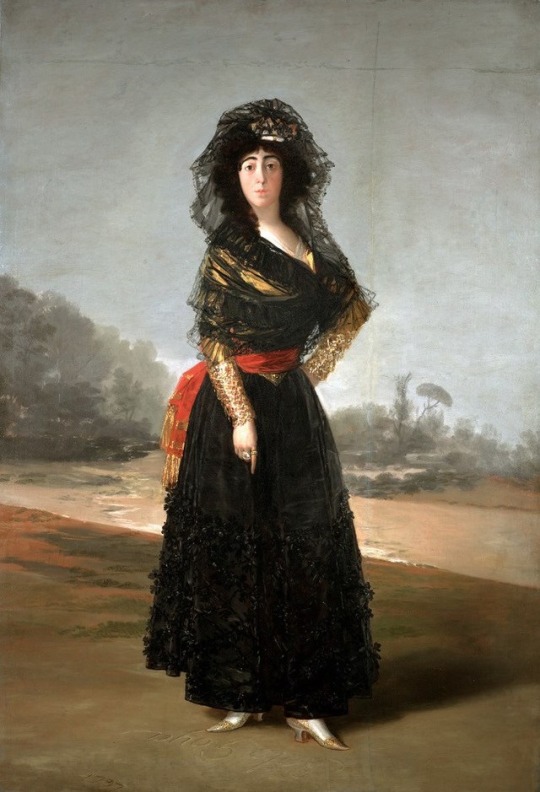
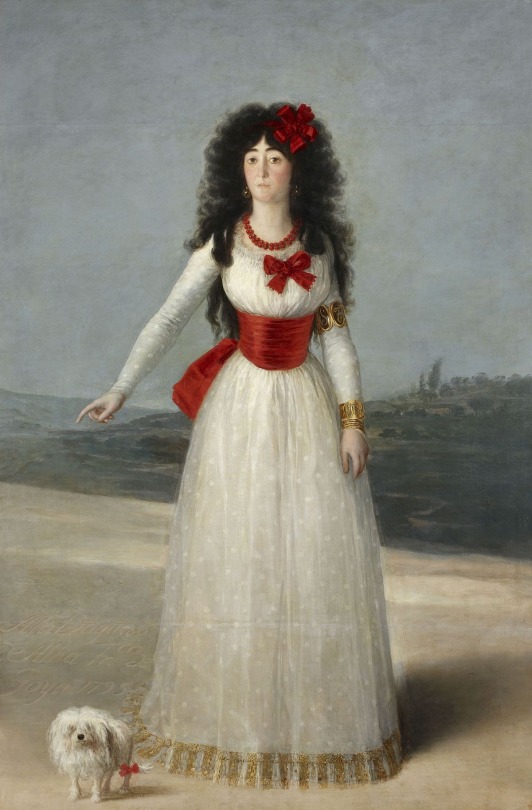
So, what is important to know here is that the Duchess of Alba was one of the wealthiest people in all of Spain.
One of the last descendants of a powerful aristocratic family, the Duchess was married off to a cousin at age 12 to keep their titles and wealth in the same family.
There is even a theory that the model who posed for The Nude Maja and The Clothed Maja was this particular woman, but this is not proven:
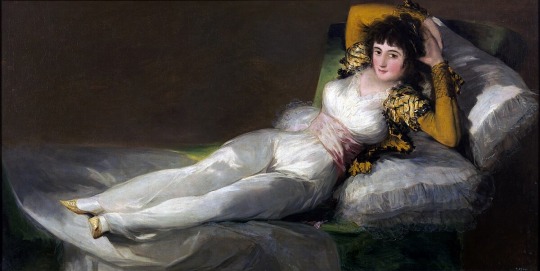
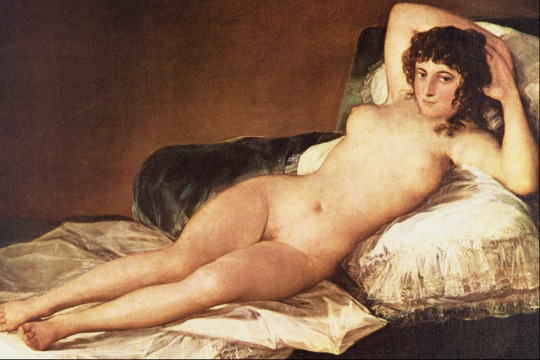
The Duchess died quite suddenly in her forties, officially of tuberculosis. Not much as truly known about her, though we DO know that she and her husband were childless.
However, the Duchess did have a foster daughter of sorts!
Meet María de la Luz, a child of Cuban slaves basically gifted to the Duchess, but promptly freed and raised as a daughter:
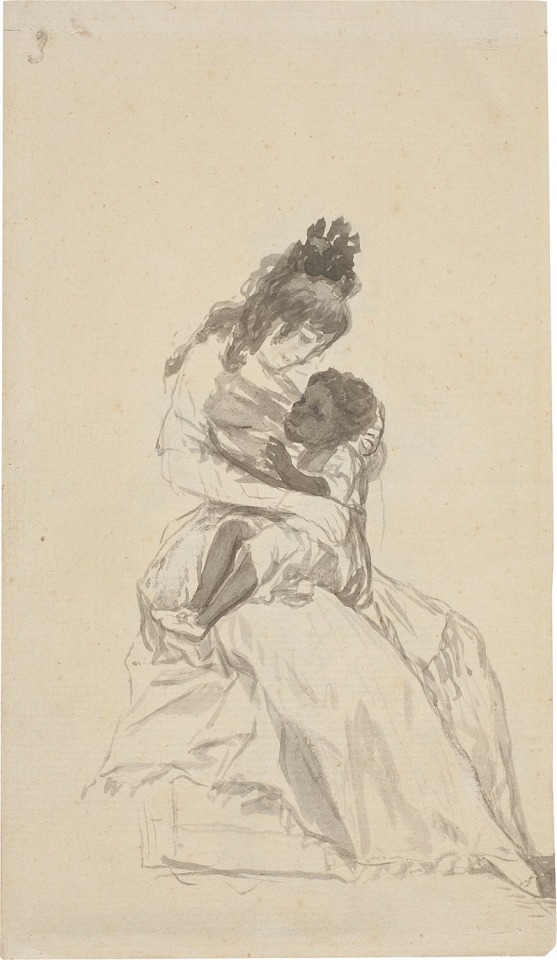
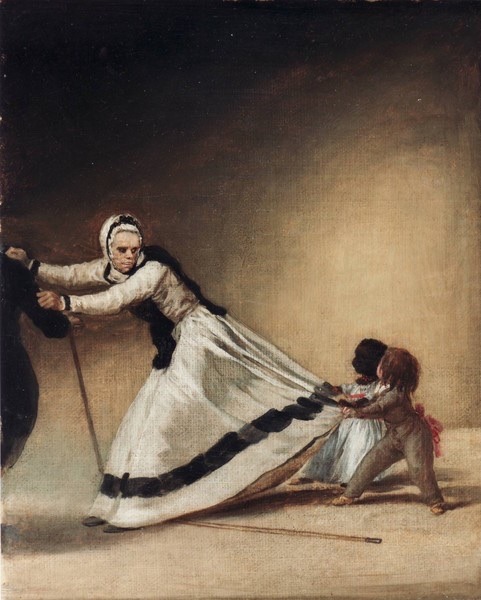
While the girl definitely was a victim of slavery and colonialism, she was the closest thing the Duchess had to a daughter and she even became a beneficiary of a large chunk of the impressive fortune of her foster mother.
María de la Luz could not become the next Duchess of Alba though, as Cayetana de Alba had male blood relatives who ended up getting the title and the lands, but María de la Luz was definitely set for life and still became very rich thanks to the inheritance.
We don’t know what happened to the girl, but there is a book that explores her story in the realm of fiction, and I think I’m going to review it in the future…
Here is the book btw!

It’s written by an Uruguayan author, who apparently wrote a book about Frev too…
The title here is translated as Cayetana’s Daughter, as that was essentially the relationship between the Duchess and María de la Luz.
P. S. ALL of the artwork shown was made by Goya, including the portrait of the Duchess with the baby.
23 notes
·
View notes
Text
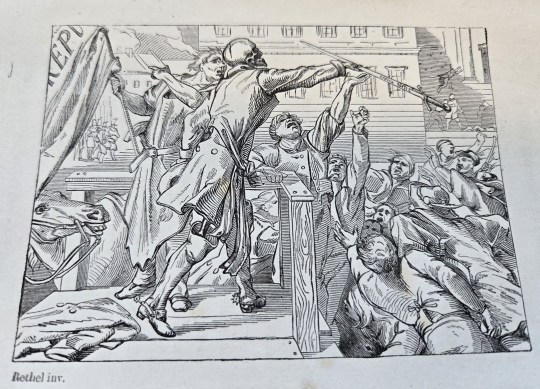
An image of the Third French Revolution in 1848. With an economic crisis, workers unhappy, and election reformers agitating for Universal Male Suffrage, it all came to a head when a meeting of the so-called Campagne Des Banquets, held to evade the prohibition on public assemblies, was prohibited. Workers and students took to the streets, set up barricades. They were met with police violence and the National Guard, and the army being called out. The National Guard sided with the revolutionaries and overthrew the monarchy.
28 notes
·
View notes
